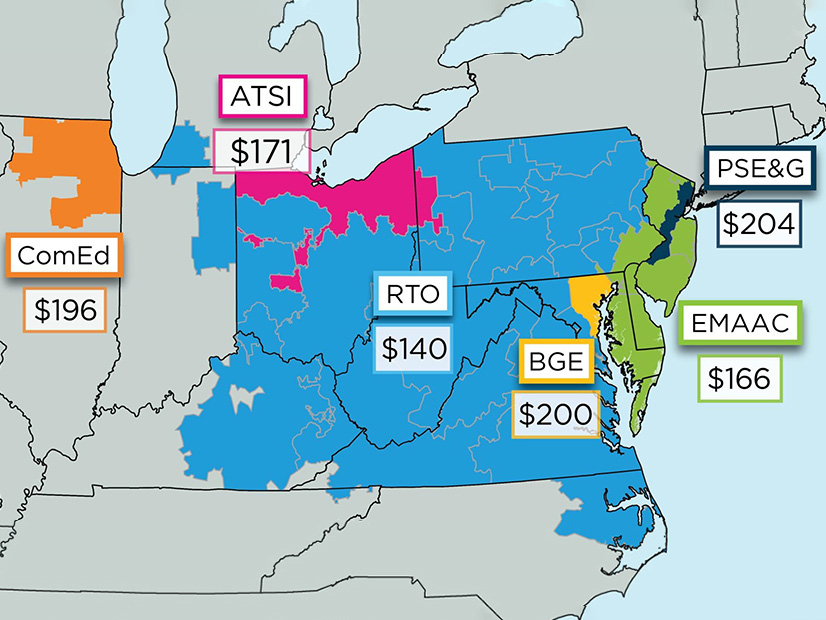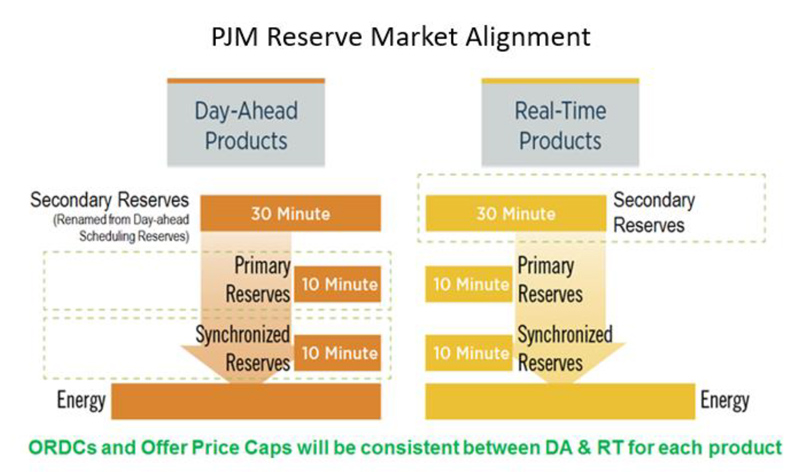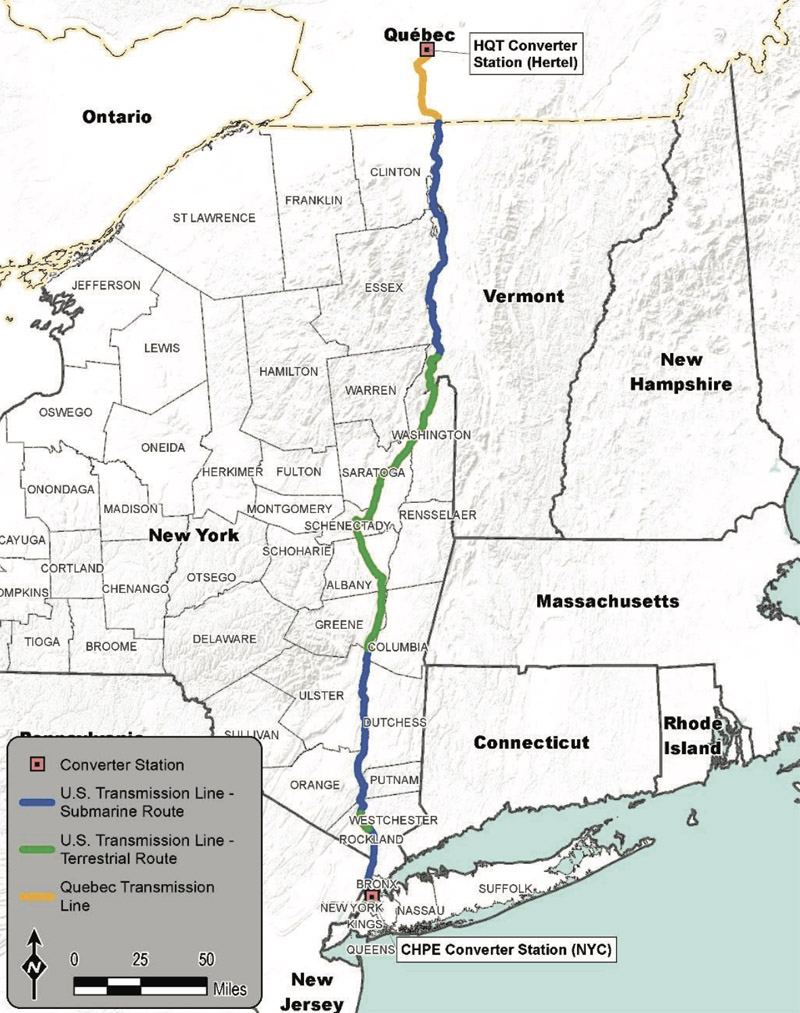American Electric Power (AEP) will have to pay $570,000 to ReliabilityFirst for violations of NERC reliability standards, according to a settlement approved by FERC last week (NP22-4).
The regional entity submitted the settlement in a notice of penalty on Nov. 30; FERC indicated on Dec. 30 that it would not review the settlements, leaving the penalties intact. The commission also approved a nonpublic notice of penalty regarding an unnamed registered entity (NP22-7), in accordance with FERC and NERC’s policy on violations of Critical Infrastructure Protection standards.
AEP reached its settlement with RF over infringements of FAC-009-1 (Establish and communicate facility ratings), PRC-023-2 (Transmission relay loadability) and FAC-008-3 (Facility ratings).
The violations of FAC-009-1 occurred in both the RF and MRO footprints. As a result, the settlement specified that RF will pay $188,100 of the settlement to MRO; the division was determined based on the relative net energy for load of affected facilities in each region.
The violations were self-reported on five occasions from 2018 to 2020, detailing “a widespread issue with the accuracy of its facility ratings.” Specifically, 440 facilities in RF’s territory and 146 in MRO’s needed their ratings either increased or decreased. Most of the derates and increases in both territories were less than 10%; the highest increase of 1,095% was seen in the MRO footprint, while the biggest derate was seen in RF, at 84%.
RF and MRO attributed the root cause of the violations to a lack of adequate internal controls at AEP for “ensuring that engineering guidelines … were consistently followed when establishing ratings of new facilities, after acquiring existing facilities, or after making changes to existing facilities in the field.” The earliest violation was found to have begun June 18, 2007, when AEP was required to comply with FAC-009-1, and the violations ended on Feb. 27, 2020, when AEP corrected all its facility ratings in both the MRO and RF footprints.
Both REs determined that the violations represented a “serious” risk to bulk power system reliability, noting that without accurate facility ratings an entity “may operate equipment above its maximum ratings … potentially causing equipment degradation and failure,” or call for unnecessary load shedding due to erroneously low ratings. However, no harm is known to have occurred because of the violations. AEP’s mitigation activities included validating facility ratings data for all applicable facilities and performing a comprehensive review of its facility ratings process and methodology to prevent future errors.
Transmission Relay Settings Faulted in RF
Unlike the FAC-009-1 violations, the rest of AEP’s settlement only concerned facilities in RF.
The PRC-023-2 infringements stemmed from requirement R1 of the standard, which states that transmission owners, generator owners and distribution providers “set transmission line relays so they do not operate at or below 150% of the highest seasonal facility rating of a circuit for the available defined loading duration nearest 4 hours.” AEP self-reported to RF in December 2017 and August 2018 that it had identified a total of nine instances where a transmission line relay trip limit was set below 150% of the circuit’s seasonal facility rating.
All instances arose from upgrades or changes to relays or circuit breakers that the utility failed to follow up on by ensuring the relay trip limits were appropriately adjusted. RF identified the root cause as “lack of an internal control to prevent ratings changes without the review and approval” of the appropriate personnel. No harm is known to have occurred and the line was never more than 74% of the established relay trip limit during any of the documented instances.
To mitigate the issues, AEP committed to apply revised relay settings for the nine incidents, while also reviewing its facilities rating database within the MRO footprint to identify any potential PRC-023 compliance concerns. It also developed controls to prevent future ratings changes without review and approval.
Finally, the utility reported its violation of FAC-008-3 to RF in January 2018, informing the RE that an engineering review of generators found that ratings for isolated phase buses at several gas turbines did not match vendor documentation. At the time of its report, the utility had already revised the ratings.
RF said the misrating was due to AEP failing to “verify and validate that all equipment specification was correct,” and also lacking effective internal controls to validate specifications. In response, AEP conducted a review of documentation for all generating units that did not indicate any needed revisions. The utility also established a preventive control to ensure future equipment changes must obtain director level review and sign-off from “all applicable engineering disciplines prior to the initiation of a project or work.”
Wind Farm Operator Knocked for Dismissing Alarms
FERC also approved last week a $54,000 penalty leveled against NaturEner Wind Watch by WECC (NP22-5). NaturEner, based in Florida, operates a platform that schedules wind and hydroelectric assets while also controlling and operating two wind facilities in WECC’s footprint.
The entity’s penalty resulted from two violations of BAL-001-2 (Real power balancing control performance), self-reported in October 2018 and June 2019. Requirement R2 of the standard mandates that balancing authorities ensure their clock-minute average of reporting area control error (ACE) does not exceed their clock-minute balancing authority ACE limit (BAAL) for more than 30 consecutive clock-minutes.
On May 28, 2018, a server providing information to NaturEner’s energy management system failed at 7:27 p.m., causing reporting ACE to rise beyond BAAL. The EMS issued an alarm to the system operator at 7:37 and again at 7:42; the operator acknowledged the alarms but did not act on them, despite knowing that the automated displays and applications had not been functioning properly that day.
Another alarm was issued at 7:52, 25 minutes after the reporting outage began, but the operator did not take action to bring reporting ACE back within BAAL until 7:59. As a result the limit was exceeded for 33 minutes.
The second incident occurred at 10 p.m. April 18, 2019, when alarms were repeatedly triggered by flow limit exceedances in the area. These alarms were not related to NaturEner’s operations, so the system operator — an employee different from the one involved in the previous incident — silenced them. However, in doing so he also silenced the BAAL alarms.
At 12:10 a.m. NaturEner experienced low-wind conditions, leading to a fall in generation and schedule curtailments at 1:05 and 1:42. At 1:47 a BAAL timer event started, but the operator had moved away from the controls and closed his eyes. As a result he did not notice a third rapid drop-off in generation. When an unrelated BAAL alarm began to sound at 2:13 the operator noticed the exceedance and began to work on the problem, but the issue was not resolved until 2:17, when the BAAL had already been exceeded for more than 30 minutes.
WECC determined that both violations posed a moderate risk to the BPS. Although the RE did not find that the operators intentionally caused the infringements, the oversight could have led to frequency excursions from over- or under-generation, damaging equipment and inhibiting system response.
NaturEner responded by terminating the two responsible employees and providing additional training to all other system operators on their obligation to maintain situational awareness. It also disabled the ability of the system operators to silence an alarm “without both looking at the EMS screen and acknowledging the alarm’s content.” WECC verified that NaturEner had completed mitigation activities on May 27, 2020.







